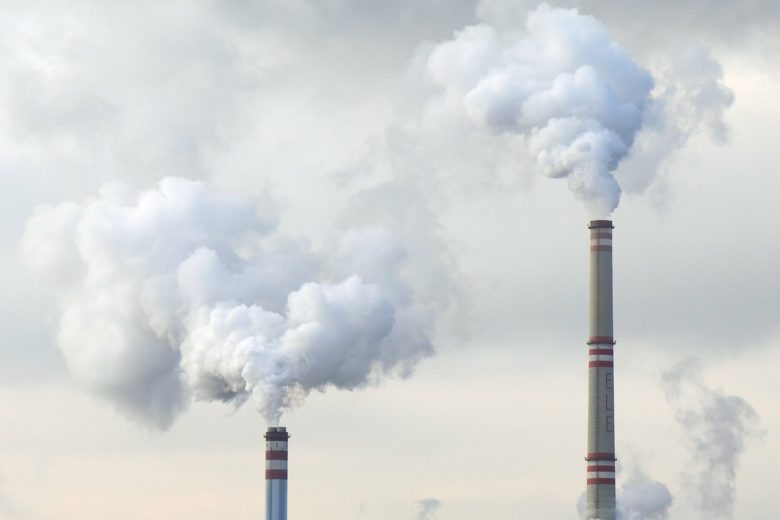
Renewable Energy vs. Fossil Fuels: What Does the Future Hold?
We are reader-supported. When you buy through links on our site, we may earn affiliate commission.
As coal plants continue to falter in production and solar capacity increases, the future of energy remains unknown. Fossil fuels still account for the majority of our energy usage. In fact, only 20 fossil fuel companies account for more than a third of carbon emissions. When it comes to renewable energy vs. fossil fuels, the projected outcomes vary widely. Some reports see peak fossil fuel demand as a past event, while others show the climax approaching in forthcoming years. Forecasted changes depend on the cost efficiency of renewables, consumer demand for sustainable options, political and financial backing and decreased global energy usage.
Current Rates of Production
Currently, 80% of energy is from fossil fuels, including oil, gas, coal and peat. It’s no surprise that these resources have a significant environmental impact. With the Paris Agreement signed in 2016, countries around the world search for ways to mitigate climate change. Since the power industry is responsible for 72% of greenhouse gas emissions, creating a more sustainable energy strategy is essential. One possible strategy is expanding the production of renewables, self-replenishing sources of energy — solar, wind, geothermal, biomass and hydro — that do not deplete over time. Of the different types, biomass is the most controversial, since it requires land that farmers could use to produce food. The most common in the United States are solar and wind power, with both accounting for 7% of electricity generation in the U.S. With the price of solar panels dropping nearly 50% since 2014, more people have adopted the technology. Unfortunately, consistent energy production with these methods depends on the climate and day length. The United States’ relationship and dependence on fossil fuels is not a universal trend. Other countries rely on significant amounts of sustainable energy. In Iceland, they use 100% renewables, with fuel sources coming from geothermal and hydropower. Most of the United Kingdom relies on wind power.
OPEC predicts a 50% energy usage increase by 2040. With a growing population and an increase in electricity use on a global scale, it’s hard to imagine a fossil-fuel-free world without making adjustments to our current consumption rates. The future of renewables is bright, but it’s likely to develop in tandem with the fossil fuel industry.
The Future of Fossil Fuels
The future of fossil fuel production and consumption is hard to foretell. The Energy Transitions Commission predicts that fossil fuels will still account for 60% of energy in 2040. However, how we produce and consume them may change dramatically. While energy companies seek to invest in cleaner forms of power, some say there is no fossil-fuel-free future, just a considerably decreased reliance.
There is contradicting data on how long fossil fuels will last, and how long we can utilize them without irreversible damage. Not only is our current global economy dependent on these fuels, but consumption rates could not continue without them. With the population expected to rise to more than 10 billion people by 2100, the need for non-renewable resources could lead to economic instability and collapse. What the future holds for fossil fuels is unknown. In the U.S., half of all coal mines have shut down in the last 10 years, but natural gas use increased by 11% in 2018 alone. These statistics may predict a trend of new technologies emerging within the fossil fuel sector.
Forecasting Renewables
Renewable energy technologies aim to create electricity safely and sustainably. The way we consume fossil fuels now does not reflect the true cost, both on society and the environment. Renewables strive to offer a lasting alternative. Cost efficiency and competition play a key role in the development of new markets for solar. According to a 2019 study, 75% of coal production is more expensive than renewables like solar and wind, especially when consumers consider tax incentives. Currently, the federal government offers several tax credits, grants and loans for certain renewable projects. For example, the city of Glendale, California, saved millions of dollars through power systems modeling. Renewables will likely become more widespread in the next ten years, with the potential to become the primary energy source for many homes.
Renewable Energy vs. Fossil Fuels: Transforming the Industry
In the renewable energy vs. fossil fuel debate, it is clear that clean sources are transforming the sector. Some research claims that it would be possible to transition to a fully sustainable energy system in the next thirty years. With the speed of new technology and innovations, there is a possibility that renewables could become the norm. The possibilities of privatization and deregulation will have a significant impact on the power sector. Another essential factor is financial support. Energy investment is declining, with global firms now advising that the long-term future of fossil fuels may be bleak. Blackrock, the largest money manager in the world, has shifted its business strategy to focus on sustainability, decoupling itself from the fossil fuel industry. Other financial institutions are following suit. JPMorgan recently backed out of a deal in Canada, stating that the company is ceasing to fund oil and gas projects in the Arctic. As a result, there is growing concern that energy-dependent economies are in desperate need of a new model for future prosperity. Whether or not renewable energy will fill that gap remains to be seen.
Share on
Like what you read? Join other Environment.co readers!
Get the latest updates on our planet by subscribing to the Environment.co newsletter!
About the author
Jane Marsh
Starting from an early age, Jane Marsh loved all animals and became a budding environmentalist. Now, Jane works as the Editor-in-Chief of Environment.co where she covers topics related to climate policy, renewable energy, the food industry, and more.





